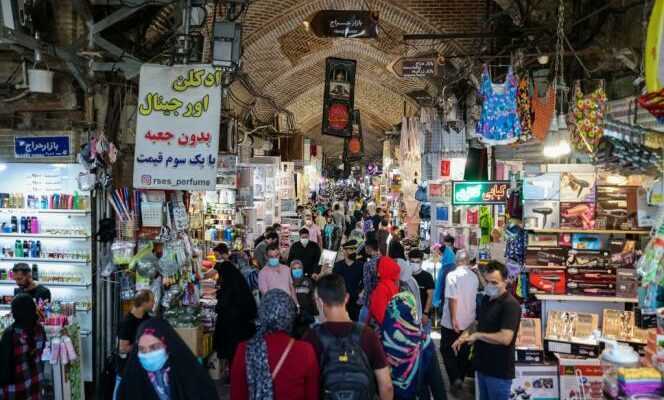Civil servants, teachers, workers, nurses, bus drivers, judges and even prison guards… In Iran, not a day goes by without thousands people gather in a square or in front of an official building to demand an increase in their salary or their pension and the improvement of their working conditions.
In recent days, retirees from the Ministry of Telecommunications, teachers and workers have once again taken to the streets of Tehran, Ardabil (North-West), Kermanshah and Sanandaj (West), Hamedan (West) or Mashhad (North- East).
For the spokesman of the Iranian Teachers’ Union Association, Mohammad Habibi, the multiplication of demonstrations linked to the economic situation is above all due to “the incompetence of the leaders, which added to the systematic corruption”. “Regional policies [de Téhéran avec ses voisins] led to international sanctions, which affect people’s daily lives. A small section of society benefits economically from the situation, while the majority of the population, especially workers and teachers, does not even have the minimum to live on,” explains this teacher, reached by WhatsApp in Tehran.
Since the unilateral withdrawal of the United States from the agreement on the Iranian nuclear file, in 2018, under the mandate of former President Donald Trump, American sanctions have been imposed on the Islamic Republic. Since then, the toman, the country’s currency, has lost 82% of its value and inflation has risen from 30% to over 40%.
Extreme precariousness
While the poverty line is set at around 400 euros per month for a family of four, several Iranian economists, quoted by the country’s press, maintain that at least 55% of the 81 million inhabitants are in a situation of extreme precariousness.
A teacher at the start of his career earns an average of 3.5 million tomans per month (110 euros) and a maximum of 10 million tomans (320 euros) before retiring. As for the annual wage increase decided by the State at the end of each calendar year (in March), it never covers the price increase: inflation is currently over 40%, on an annual basis.
In mid-January, teachers gathered in 80 Iranian cities. The previous demonstrations, on December 13, 2021, took place in 103 cities. In Bouchehr (South), hundreds of teachers gathered in front of the governor’s office to demand that pensions for retirees be increased at the same rate as the salaries of active teachers. “Our economic situation is deteriorating day by day and the leaders seem to have no plan to solve the problemsexplains Abdolreza Amanifar, retired teacher and former trade unionist. The middle class hardly exists here anymore. We are hitting rock bottom. »
You have 53.81% of this article left to read. The following is for subscribers only.
